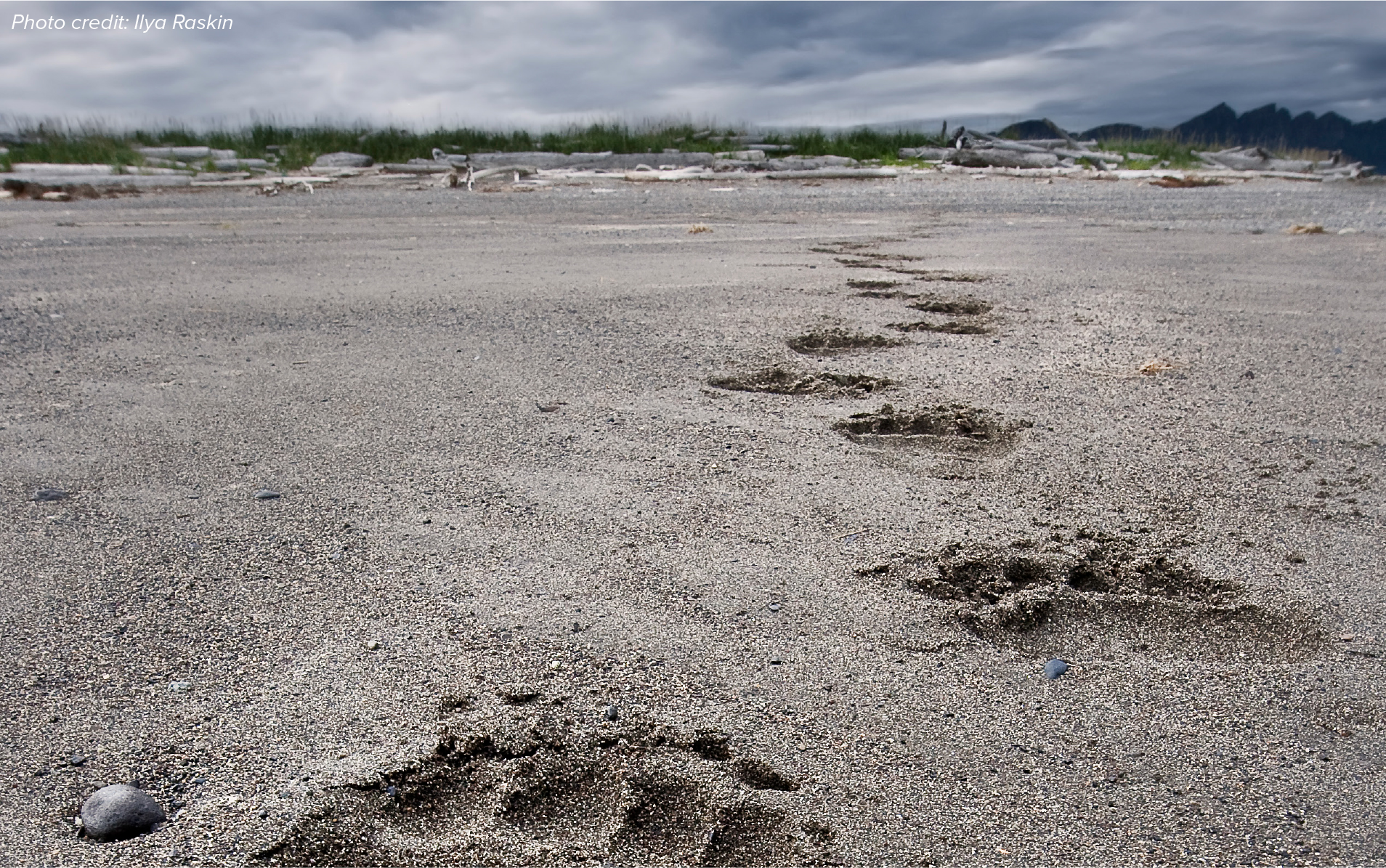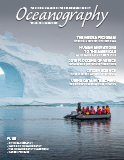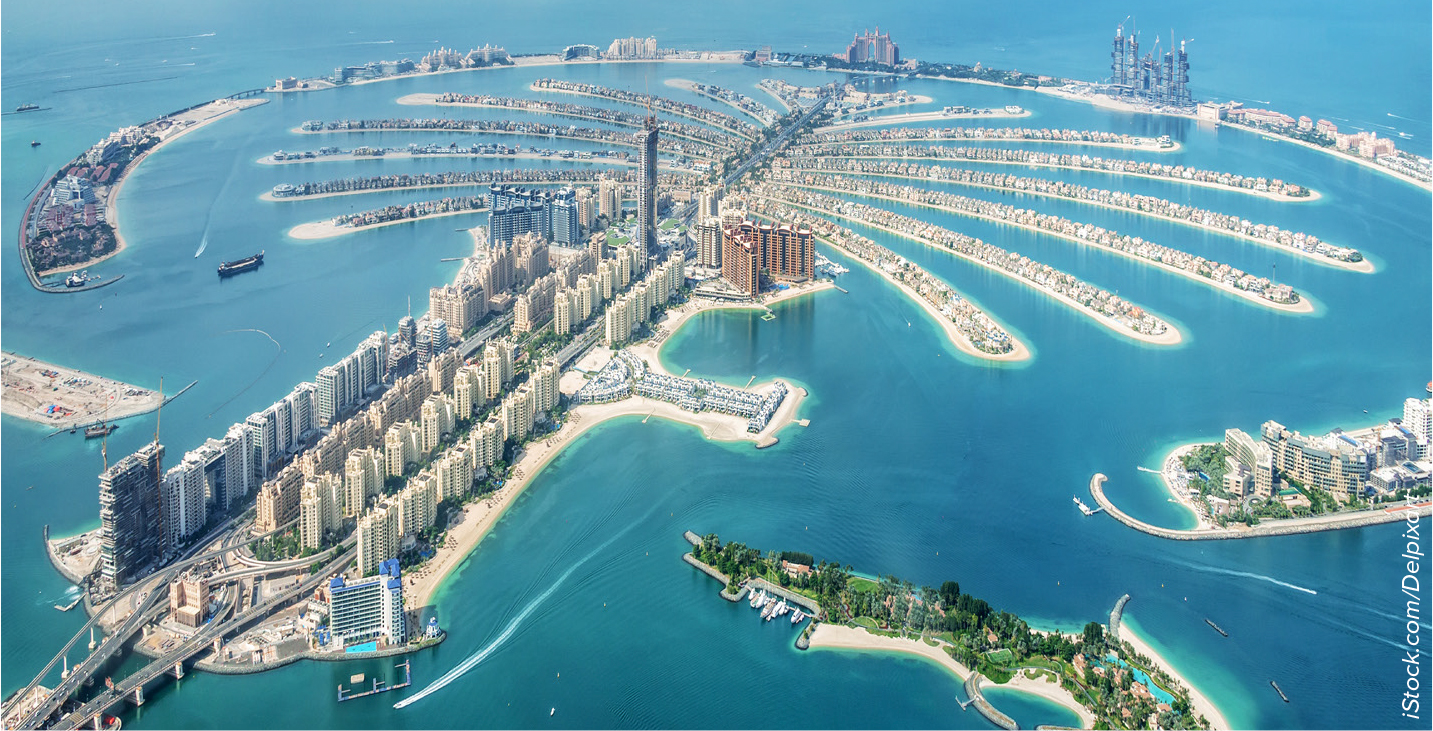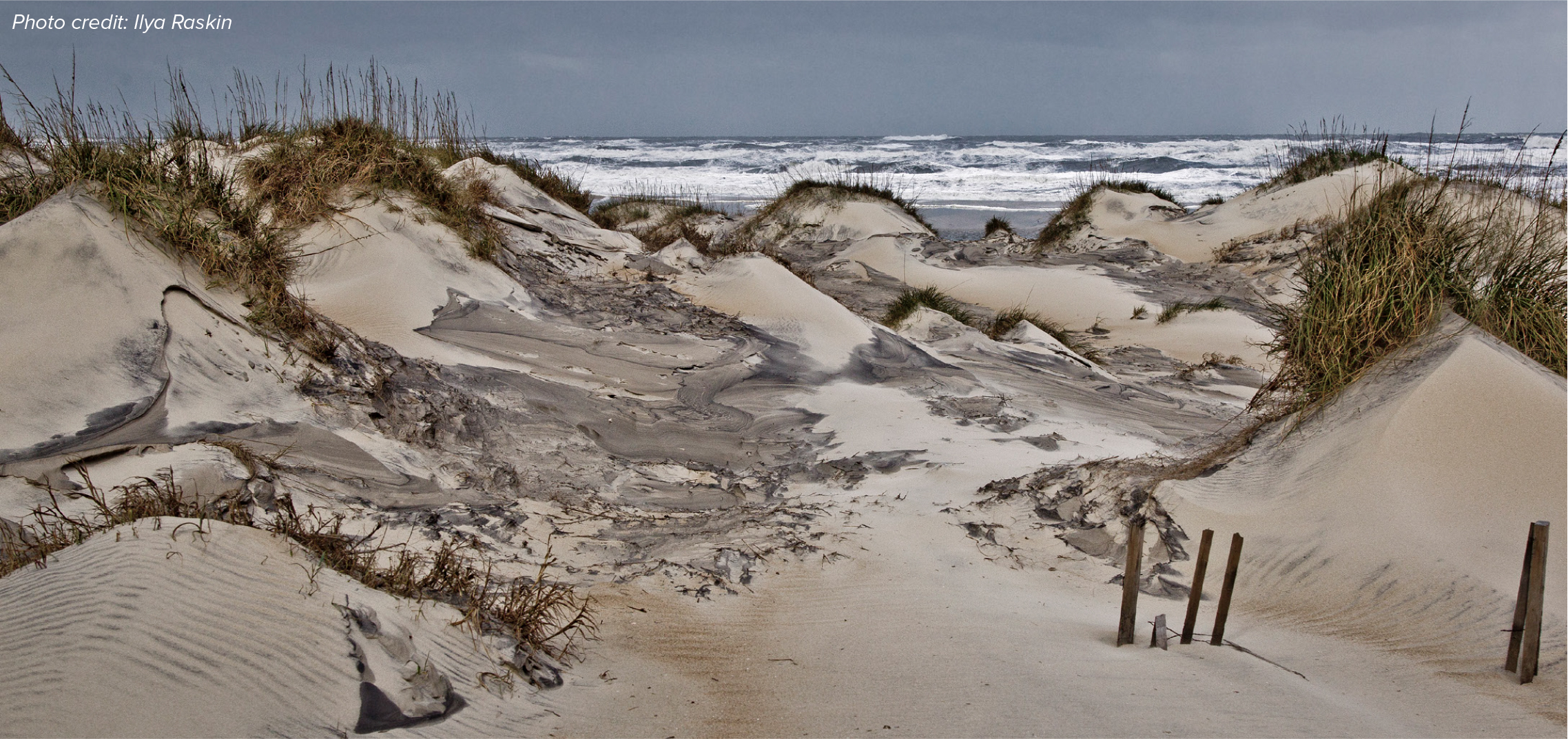Full Text
Sand. It’s under our feet when we walk on a beach, and is in every house and road, wine glass and cellphone, brick and can of paint. But we rarely spare a thought for this seemingly endless resource.
That needs to change, according to a 2019 report by the United Nations Environment Programme (UNEP): Sand and Sustainability: Finding New Solutions for Environmental Governance of Global Sand Resources.
After water, sand is the second most traded resource by volume worldwide. Sand and gravel together are the number one solid material mined globally, according to an earlier (2014) UNEP report: Sand, Rarer than One Thinks.
Researchers are finding that even an apparently ubiquitous substance like sand cannot keep up with current demand. Around the world, 40 to 50 billion tons of sand and gravel are used every year, the equivalent of a 35 m high by 35 m wide wall circling the equator.
“Formed by slow erosive processes, sand and gravel are now being extracted at a rate far greater than their renewal,” states the 2014 UN report. “That’s having a major impact on rivers, deltas, and marine ecosystems, resulting in a loss of land through river or coastal erosion, lowering of the water table, and decreases in the [downstream] sediment supply.”
Despite the colossal quantities of sand being removed, our increasing dependence on it, and the impact its extraction has on the environment, the situation has been largely ignored by policymakers and is almost unknown to the public.
“Sand is used by everyone,” says Pascal Peduzzi, director of the Global Resources Information Database-Geneva at UN Environment. Peduzzi first raised the issue of dwindling sand supplies. “We are now working with stakeholders at every level, hoping to find sustainable solutions,” he says.
 |
Shifting Sands
Shifting sand consumption patterns, growing human populations, and increasing urbanization and infrastructure development have increased the demand for sand threefold over the last two decades. At the same time, damming and extraction have slowed sediment delivery from rivers to coastal areas, leading to reduced sand deposits in river deltas and accelerated beach erosion.
“We’re spending our sand ‘budget’ faster than it’s being produced,” says Joyce Msuya, deputy executive director of UNEP. “We now need 50 billion tons per year, an average of 18 kilograms per person per day. These expectations cannot be met without improved governance of global sand resources. We can better manage this critical resource, and demonstrate that infrastructure and nature can go hand-in-hand.”
Most sand goes into the production of concrete—made of sand, gravel, water, and cement. Sand is also used to replenish retreating beaches and extend territories by constructing artificial islands, such as The World in Dubai, or filling in coastal areas like those surrounding Singapore.
Until recently, sand was extracted from land quarries and riverbeds. A result of the decline of inland sand resources, a shift to marine and coastal sand mining has taken place. Now sand mining from marine environments is increasing significantly.
Sand extraction from fragile marine ecosystems may destroy local biodiversity. And the demand for sand may lead to illegal sand extraction. “Sand mafias” in India, for example, threaten communities and their livelihoods and leave environmental protection efforts at risk.
Marine Environmental Impacts
In developing countries, mining and dredging regulations are often established without understanding the consequences, and projects are conducted without environmental impact assessments, according to Sand, Rarer than One Thinks. “As a result, aggregate [sand and gravel] mining has affected the provision, protection, and regulation of ecosystem services.”
Marine sand mining has widespread impacts on ocean species. Extraction from the seafloor destroys organisms and ecosystems. Aggregate particles that are too fine to be used in industry are rejected by dredging boats, releasing vast dust plumes and increasing water turbidity, leading to major habitat changes.
Unsustainable sand extraction may have far-reaching social as well as environmental implications. Sand removal from beaches can jeopardize the development of local tourism and fishing industries. Taking sand from mangrove forests, for example, may lead to declining crab populations, affecting fishers whose livelihoods depend on the crabs.
According to the 2014 UN report, “long-term recovery can occur only where the original sediment composition is restored.” To date, however, the trend is in the opposite direction.
For example, sand mining in coastal dune systems is leading to long-term erosion at rates of 0.5 m to 1.5 m per year along the California coast.
Half a world away, Male, the capital city of the Maldives, is caught between sand extraction and sea level rise. The city is located at the southern edge of North Male Atoll. Its center is formed by the island of Male, with three additional islands making up the entire country. The island group, the Maldives, is named after its capital; the word Maldives means “the islands of Male.”
Now, the Maldives’ highest islands are being consolidated to make them habitable by people displaced from lower-lying islands. To shore up Male, a large amount of sand is being imported. The sand comes from offshore islands formed of none other than…sand. “Paradoxically,” states the 2014 UN report, “sand extracted for protection measures in Male is leading to the lowering of other islands, increasing the need to relocate their populations.”
Issues in a Grain of Sand
With sand extraction regulated differently around the world, ecosystems are often casualties of changing regulations. The increasing trend of unsustainable and illegal extraction in marine and coastal ecosystems makes sand a major sustainability challenge, say UN scientists.
Sand is also becoming a transboundary issue due to international sourcing for land reclamation projects and the impacts of uncontrolled extraction beyond national borders. International trade in sand is increasing due to high demand in regions without sand resources and is forecast to rise 5.5% per year in current urbanization and infrastructure development trends.
A major transboundary issue exists in the rapidly developing city-state of Singapore. Singapore’s population increased from 1.63 million in 2010 to 4.84 million in 2014. With its small area, Singapore needs more “space.” The city has increased in size by more than 20% in the last 40 years—an addition of 130 km2—by using sand to reclaim land from the sea.
With imports of 517 million tons of sand in the last two decades, Singapore is the largest sand importer worldwide, and the globe’s highest per capita consumer of sand at 5.4 tons per inhabitant. The sand is usually obtained from Indonesia, but also comes from other countries, such as Malaysia, Thailand, and Cambodia. “Export of sand was responsible for the disappearance of some 24 Indonesian islands,” states the 2014 UN report.
A temporary sand export ban was declared in Indonesia; neighboring countries also curtailed their sand exports. But the total sand imported by Singapore (517 million tons) and the sum of sand exports to Singapore from its neighboring countries (637 million tons) don’t match, an underestimation of 120 million tons.
The reasons aren’t clear, researchers say. Some blame illegal sand trade. “As the price of sand increases,” states the 2014 UN report, “so does the traffic of sand by local mafias.”
In Morocco, half the sand, some 10 million cubic meters per year, comes from illegal coastal sand mining. According to the UN documents, “Sand is often removed from beaches to build hotels, roads, and other tourism-related infrastructure. Continued construction is likely to lead to destruction of the main natural attraction for visitors—the beaches themselves.”
Case Study: Dubai
Dubai in the United Arab Emirates is one of the world’s most impressive feats of architecture, “albeit one that has put significant pressure on marine aggregates,” states Sand, Rarer than One Thinks. The Palm Jumeirah, a chain of artificial sand islands, required 186.5 cubic meters (385 million tons) of sand and 10 million cubic meters of rock, at a total cost of US $12 billion, to build.
The Palm Jumeirah was soon joined by a second Palm site; the Palm Jebel Ali came along next, followed by The World Islands, a chain of 300 artificial islands depicting a map of the world. The World Islands cost US $14 billion to construct and required 450 million tons of sand. “Only a very small number of these islands host infrastructure,” the UN reports state, “but these land reclamation projects exhausted all the marine sand resources in Dubai.”
For the city’s next feat, the 828 m high Burj Khalifa skyscraper, it imported sand from Australia.
|
|
Case Study: Suriname
Almost 12,000 km from Dubai lies Braamspunt, Suriname, a coastal area with a sandy beach at the mouth of the Suriname River. Braamspunt hosts the nesting grounds of the leatherback sea turtle and the green sea turtle, listed as vulnerable and endangered, respectively, on the International Union for Conservation of Nature Red List of Threatened Species. Until recently, however, sand extraction took place on this turtle nesting beach.
According to the 2019 UN report, the Suriname Ministry of Natural Resources gave out concessions for sand extraction to four construction companies in February 2017. The timing coincided with the beginning of sea turtle nesting season. In Suriname, environmental impact assessments are voluntary, so the companies weren’t required to evaluate their effects on the beach. Environmental groups have attempted to halt sand extraction on Suriname beaches by requesting environmental impact assessments. But the assessments are seen as barriers to development, burdens on the private sector, and the Suriname government lacks funds for their enforcement.
Now the organization Green Heritage Fund Suriname is studying sustainability efforts that have worked well in other extraction industries, such as forestry and gold, to offer new ways of managing sand.
Saving Sand
New Hanover County, North Carolina, in the middle of the state’s Low Country, is home to locales such as Wrightsville Beach, Figure Eight Island, and Pleasure Island. It was nearly home to a sand mine.
County commissioners recently denied a rezoning proposal that would have allowed the first step in a sand mine on property in Castle Hayne, population 1,202, according to the 2010 census. The next step would have been consideration of a special-use permit for the sand mine.
Hilton Properties, owner of the land, couldn’t prove that the value of sand mined from the area and transported elsewhere outweighed contamination, traffic, and other concerns raised by local residents. Homeowners successfully objected to truck traffic to and from the potential mine and to the risks of groundwater contamination from a former General Electric operation near the proposed sand mine site.
According to the Wilmington Star-News, many residents hope a sand mine is no longer on the table. There are too many unanswered questions, they believe, about sand mining’s long-term effects.
|
|
Replacing Sand
“Complex questions are looming on how to deliver on ecosystem and biodiversity conservation goals alongside necessary improvements in transport, infrastructure, housing and living standards,” says Joyce Msuya. “Improving governance of global sand resources means increasing the will to act, at all levels of government and industry.” Reducing over-building and over-design, and using recycled and alternative materials, are places to start, she believes.
Ways of replacing sand with other materials in the construction of roads and buildings are being tested. Recycled plastic, bamboo, wood, and straw soon may be used as alternatives. The key, researchers say, may be blending them with concrete for the stability needed in structures such as buildings.
Permeable pavement, also called porous pavement, doesn’t contain sand and can replace concrete. It is now used in cities and towns in China, India, the United States, and beyond to reduce runoff and to improve water quality.
Recycled plastic has the potential to become a widespread alternative to sand for road-building, the UN reports. The first such thoroughfare, a bike path, opened in 2018 in Zwolle, Netherlands. Recycled plastic roads may last three times longer than traditional roads; they’re now being tested for environmental impacts. A concern is small plastic particles that could find their way into soil and water and ultimately to the sea, adding to the tons of plastic already floating in the ocean.
There is no magic bullet, scientists say, no easy replacement for something as “common” as sand.



